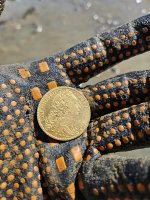Truth
Gold Member
This round ball is different then all my other round balls it’s brown with a crude line around it with a short steam cut off. I doesn’t stick to a magnet and measures at roughly.55 inches, 251 grains weight. It’s was found at a Colonial era fort. The first small fort here was erected by the French in 1701, before the founding of the city of New Orleans. After Louisiana passed to Spanish control, a larger brick fort was constructed at the site of the old neglected French fortification. Louisiana passed it back to France and then to the hands of the United States. The fort was decommissioned in 1823.
My question is, is this a Revolutionary round ball from early 1799’s? I’ve also found a French Infantry Button and a 24 pounder Howitzer Canister Ball in this exact location. Thanks for the input.[emoji1317]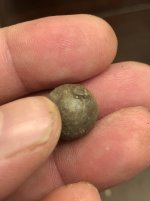
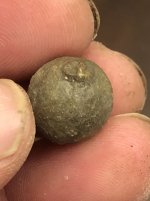
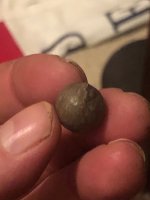
Some of the other few things I’ve found here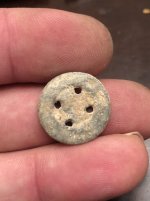
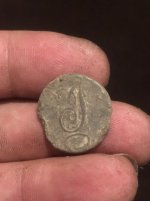
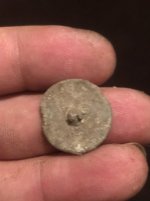
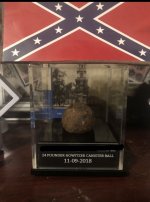
My question is, is this a Revolutionary round ball from early 1799’s? I’ve also found a French Infantry Button and a 24 pounder Howitzer Canister Ball in this exact location. Thanks for the input.[emoji1317]



Some of the other few things I’ve found here




Upvote
0





